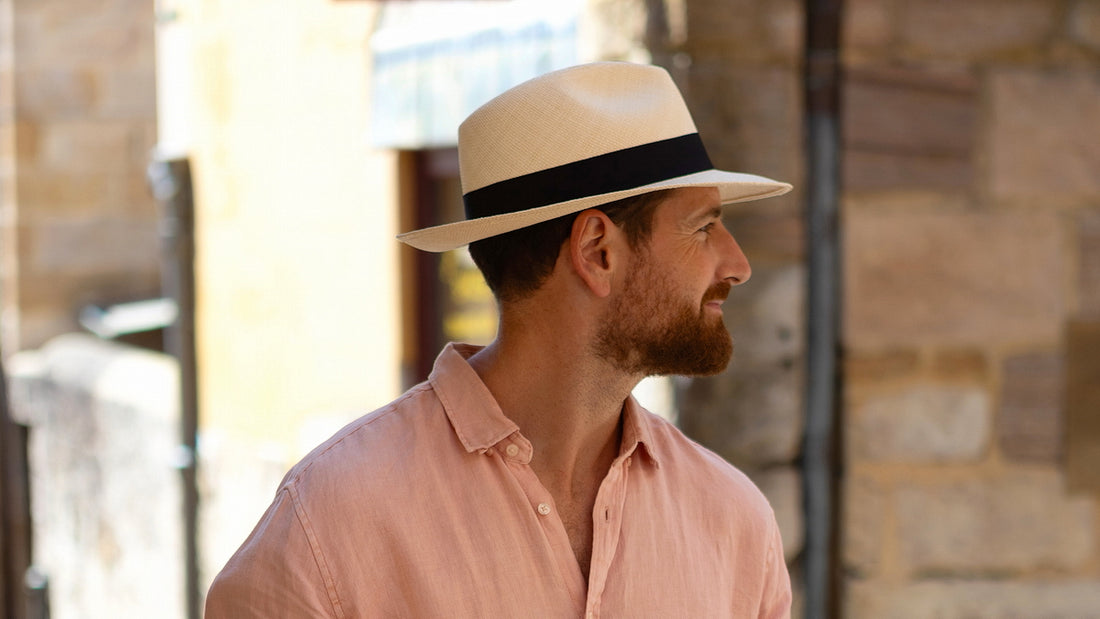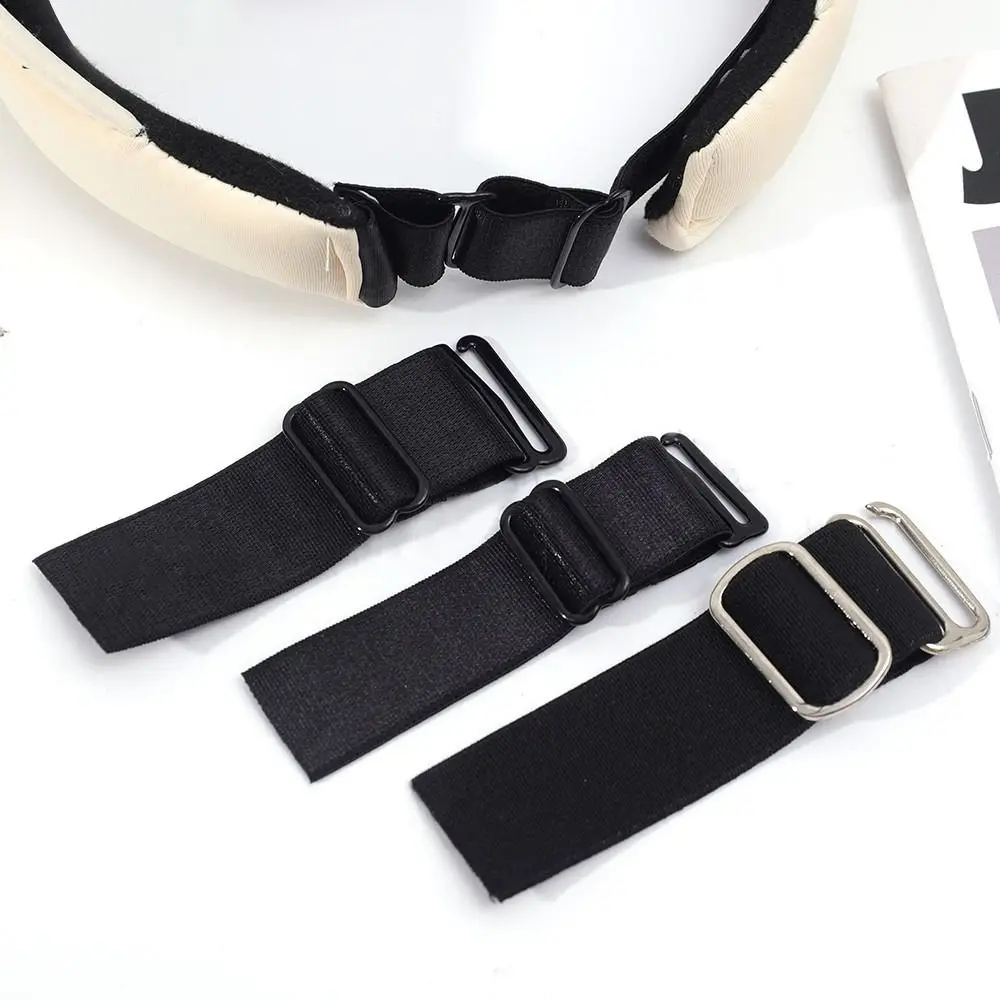
Understand the Hat Style:
Research: Begin by researching the specific hat style you intend to create (e.g., baseball cap, fedora, beanie). Understand its structure, dimensions, and key design elements.
Drafting the Pattern:
Measurements: Take accurate measurements of the head circumference and other relevant dimensions.
Draft the Basic Pattern: Use drafting tools like rulers and curves to draft the basic pattern on paper or using digital software. Start with a simple outline that includes panels, crown, brim (if applicable), and any decorative elements.
Creating the Prototype:
Select Prototype Material: Choose inexpensive material like muslin or cheaper fabric to create a prototype.
Assemble the Prototype: Cut out the pattern pieces and sew them together to create the prototype hat. This step helps in testing the accuracy of the pattern and making necessary adjustments.
Refining the Pattern:
Fit Testing: Try the prototype on different head sizes to ensure proper fit and comfort.
Adjustments: Make adjustments to the pattern based on fit testing feedback. This may involve resizing certain panels, adjusting seam allowances, or refining the shape of the crown or brim.
Finalizing the Pattern:
Transfer to Final Material: Once satisfied with the prototype, transfer the pattern onto the final material for cutting and sewing.
Marking and Notations: Mark all pattern pieces clearly with seam allowances, grain lines, and any other necessary notations.
Iterative Process:
Iterate as Needed: Pattern creation often involves multiple iterations to perfect the fit and style. Take feedback from wear tests and adjust the pattern accordingly.
Documentation:
Record Keeping: Maintain detailed records of your patterns, including versions and adjustments made. This documentation helps in reproducing designs and troubleshooting issues.
By following these steps meticulously, you can create well-fitted and stylish patterns for hats and caps that meet both aesthetic and functional requirements. Pattern creation forms the foundation for successful hat making, ensuring each piece is crafted with precision and care.







